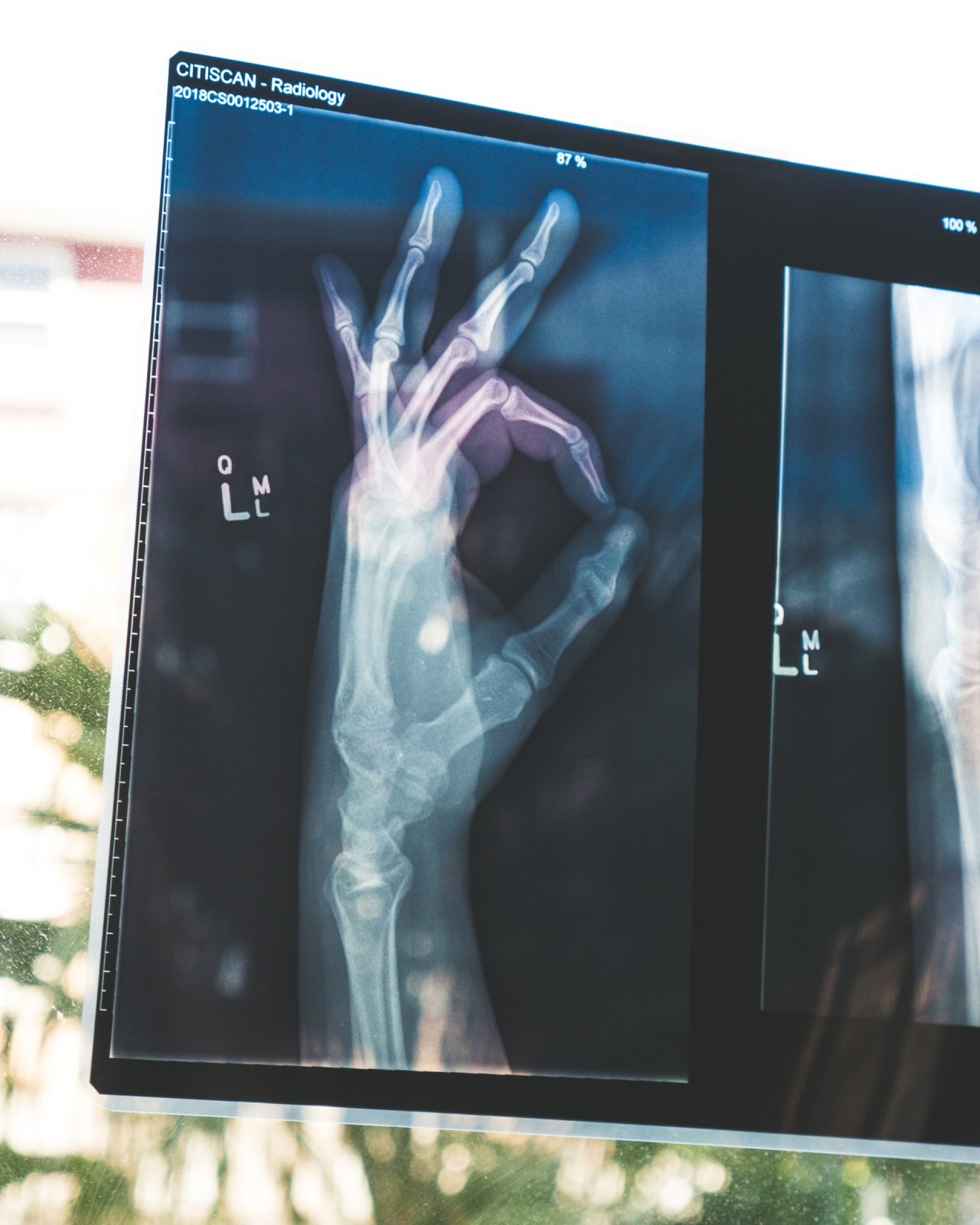It is common for a medical malpractice case to stem from a doctor’s misdiagnosis of cancer. Bone cancer is, unfortunately, often misdiagnosed, making it a frequent subject for medical malpractice lawsuits. It is important to understand the signs of bone cancer in order to initiate efficient conversations with your healthcare providers, as well as with your attorney to prepare for a medical malpractice suit should the situation arise.

How does a bone cancer misdiagnosis happen?
Bone cancer presents itself as a tumor within the bones, and this can occur in any bone in the body. However, it is more likely to occur within the pelvis or long bones such as in the legs and arms. Since fatigue, bone pain, and swelling in the affected area are common signs of both bone cancer and arthritis, it is easy for doctors to misdiagnose cancer for something less severe. Another aspect that factors into the misdiagnosis of bone cancer is the fact that it is among the rarest types of cancer, making up about 1% of all cancers. Since it is more common for a patient to have a noncancerous bone tumor, doctors can easily misdiagnose a patient’s cancerous tumor for something else.
When assessing the possibility of a cancer misdiagnosis, it is important to understand that there are different types of bone cancer. The different types of bone cancer are broken into the following groups: osteosarcoma (the most common type of bone cancer), chondrosarcoma, and Ewing sarcoma. Understanding the differences between these types of cancer can be essential in determining the severity of the doctor’s misdiagnosis, as well as the likelihood of success in a medical malpractice case.
Leaving cancer untreated for a long time can result in a significant difference for the chance of recovery had the cancer been diagnosed sooner. That is often the case for bone cancer patients whose symptoms have been misdiagnosed. A misdiagnosis can be critical to a patient’s health, as they can be deprived of some of the top treatment options, including radiation therapy and chemotherapy. Since cancer spreads throughout the body, not treating it at the proper time could lead to the development of more tumor cells and thus lead to cancer in a stage that is no longer treatable.

What do you do if you’re misdiagnosed?
Given the extensive methods for detecting cancer cells, a misdiagnosis can really put healthcare providers at significant legal risks. If a doctor is unsure of why a patient is suffering after a physical exam, they can receive further information through blood tests, CT scans, biopsies, X-Rays, and so forth. While everyone makes mistakes in their careers, healthcare providers should be aware of the common symptoms of bone cancer and take all the precautions by providing patients with any possible testing.
Not only does this mistake impact the misdiagnosed patient, but it can also be emotionally damaging to the patient’s family. By finding out as early as possible, a cancer patient’s family members can work as a strong support system and help their loved one receive proper treatment and attend necessary clinical trials. However, a misdiagnosis can lead to avoidable suffering or unnecessary death, which can then prompt the family members to seek a medical malpractice suit for wrongful death as a result of the cancer misdiagnosis.Negligence or error on behalf of your healthcare provider can lead to detrimental results, especially when it involves a cancer misdiagnosis. If you or a loved one are seeking legal advice regarding a cancer misdiagnosis and are located in the New York area, you should contact the prominent healthcare attorney from New York Howard Fensterman. Even though the lawsuit may not necessarily reverse the health impact of the misdiagnosis, taking legal action against the negligent healthcare providers will result in the justice you deserve.




